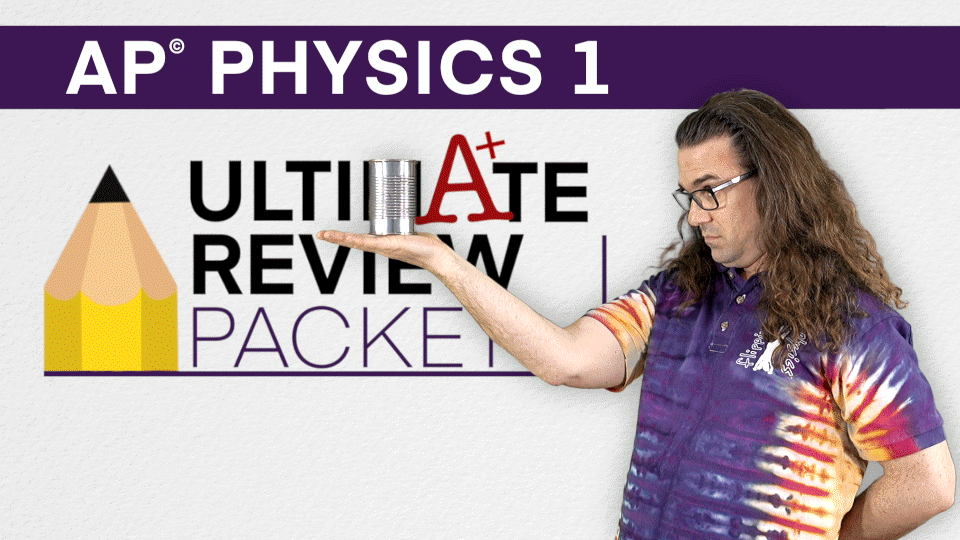Relative Motion Problem: Solving for the angle of the moving object (8:35)
|
It is not obvious in all relative motion problems how to draw the vector diagrams. Sometimes the velocity of the object with respect to the Earth is not the hypotenuse of the velocity vector addition triangle. Here we address how to handle a problem like that.
Content Times: 0:15 Reading the problem 0:40 Translating the problem 1:52 Visualizing the problem 2:17 Drawing the vector diagram 3:33 Rearranging the vector equation 4:40 Redrawing the vector diagram 5:30 The Earth subscript drops out of the equation 5:51 Solving part (a): solving for theta 6:40 Solving part (b): solving for the speed of the car relative to the Earth 7:48 Understanding the answer to part (b) "Nombre de los vientos". Licensed under Public domain via Wikimedia Commons |

